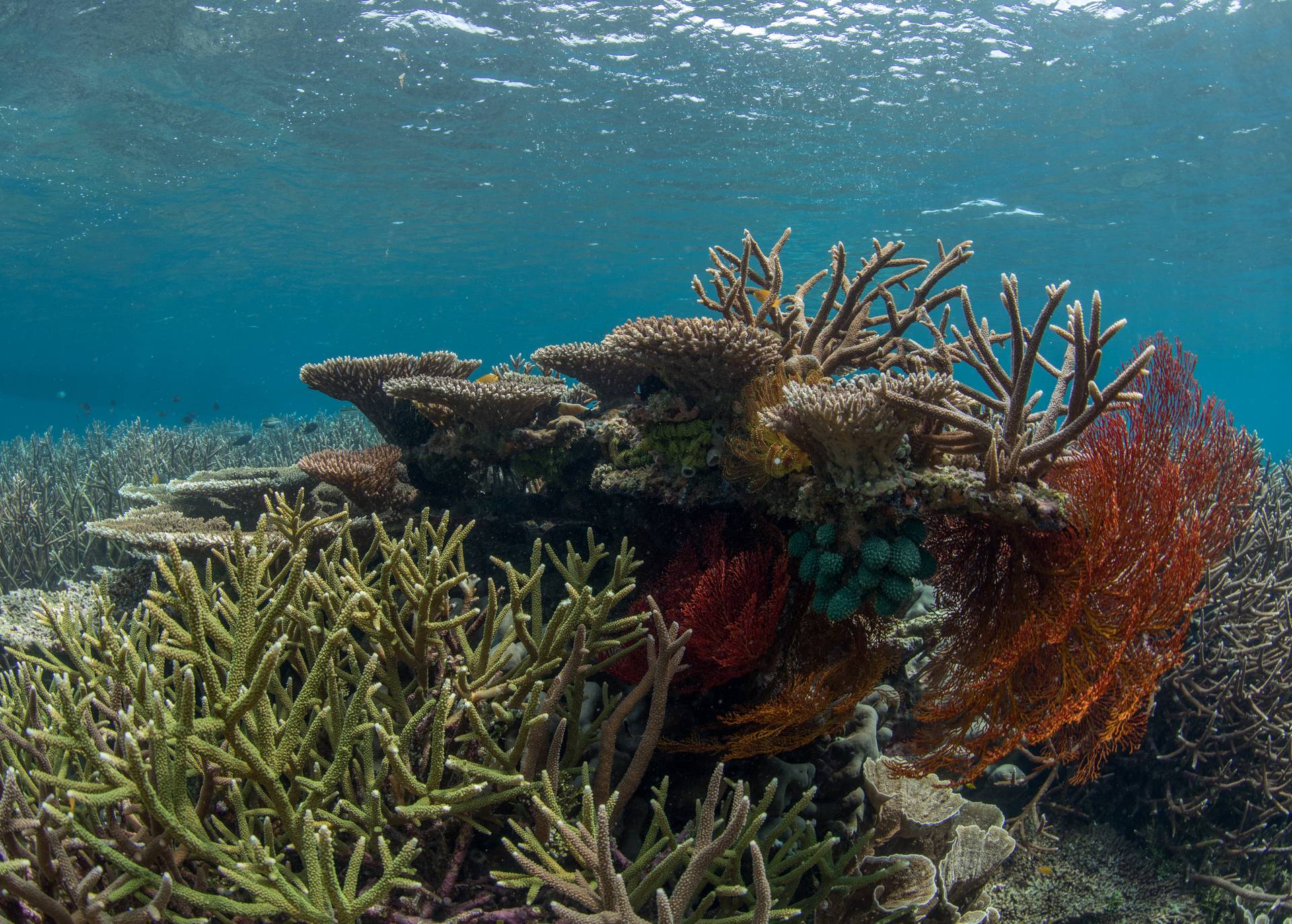HEALTHY
TRADE
There are many good reasons for wanting to keep live reef fish in an aquarium half a world away. Interest and curiosity, education and outreach, scientific research, and even aquarium fish therapy are just some of the many reasons why people pursue this demanding hobby. But as we have seen from bagging to unboxing, there are many places along the global supply chain where things can go wrong, for both fish and people. Here are some key solutions for keeping aquarium fish more sustainably:
Captive-bred marine fish
Want to keep fish, like Dory, on reefs? Purchasing fish bred in captivity is one way to do this, while reducing the damage to coral reef communities. However, few species can actually be bred in captivity. Species like sea horses, clownfish, damselfish and cardinal fish are a handful of examples, but as we have learned, for species like the blue tang, captive breeding simply isn’t a viable option, yet.
Fish reared from wild larvae
For fish like Dory, a new approach being explored is to capture coral reef fish at the larval stage and rear them in captivity. This allows for passive harvesting with minimal damage to reefs, and it completely eliminates the problem of wild adult fish not being able to adjust to being kept in captivity – a leading source of aquarium mortality.
Catching fish sustainably
Yet another option, best for species that can’t be captive-bred or larval-reared, is to collect the fish in a safe and harmless way in the first place. Using nets to encircle and extract a target fish like Rasdin does is one way to minimize the need for destructive collection methods like using cyanide. Donating to organizations like LINI, who hosted our team in Bali, Indonesia, is one way to support the development of sustainable marine aquarium solutions.
Using artificial reef rock
To keep fish happy and healthy, they need an environment that resembles a natural coral reef, which means a great deal of wild coral is harvested for home aquaria. Artificial reef rock (a cement-like mixture of calcium carbonate material, shell grit, and sand) offers a new alternative to using live coral extracted from reefs. It provides a surface on which algae, bacteria and invertebrates can grow, and when used in unison with live coral, it provides a base for reef growth.
Learn more!
Curious to know more about the diversity and magnitude of the marine aquarium trade and its global shipping pathways? The Marine Aquarium Biodiversity and Trade Flow online database offers the world’s first comprehensive dataset where you can learn about the numbers and journeys of the countless marine fish entering the USA every day.
Questions or comments?
Contact the Reef to Aquarium team at reeftoaquarium@gmail.com
